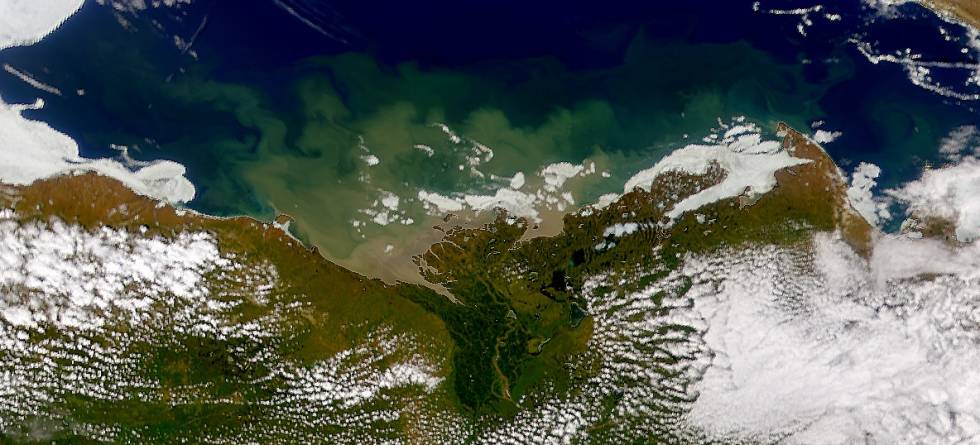Arctic Ocean remains one of the least observed, and the least understood, ocean regions due to its remote location, year round sea ice cover, and the harsh weather conditions. Today, the knowledge of the Arctic increases in parallel with the need to understand it, as it changes under anthropogenic greenhouse warming. Indeed, the Arctic is an area where the effects of warming are already visible and among the strongest – it’s the canary of the cold mine for the greenhouse warming. The atmosphere and the ocean warm, the sea ice cover diminishes, and the freshwater input to the ocean through precipitation, river inflow, and ice melt increases.
It is this rapidly changing, but poorly understood, Arctic climate system that motivated Aleksi Nummelin to study the Arctic in the fresh and warm future. The objective of his thesis was to assess how the ocean circulation, the ocean heat content, and the ice cover change under greenhouse warming and increasing supply of freshwater to the ocean. In his thesis Aleksi also asked whether changes in the ocean affect the atmosphere, i.e., is the atmospheric surface warming modified by the changing ocean? The thesis targets these questions with a set of different ocean and climate model simulations.
Arctic River Water Circulation from The Bjerknes Centre on Vimeo. Pathways of North American river runoff to the Arctic Ocean in a global simulation with the ocean component of the Norwegian Earth System Model. Colors indicate the ratio between local river water concentration and maximum river water concentration at the source region along the North-American coast, mostly MacKenzie and Youkon rivers. This animation is produced as a part of Aleksi Nummelin's PhD thesis.
The model simulations reveal that surface warming and freshening lead to large reduction of the northward flow of water to the North Atlantic, but the warm flow to the Arctic reduces only a little. In fact, freshening of the surface ocean makes the surface lighter and thus harder to mix with the denser, heavier, subsurface. Consequently, more heat is left to the deep ocean as it no longer feels the cold atmosphere. Finally, the oceans generally warm with the present ongoing greenhouse gas warming. In some regions, mainly in parts of the Arctic, the ocean also releases more heat to the atmosphere, contributing to a faster surface temperature increase .

